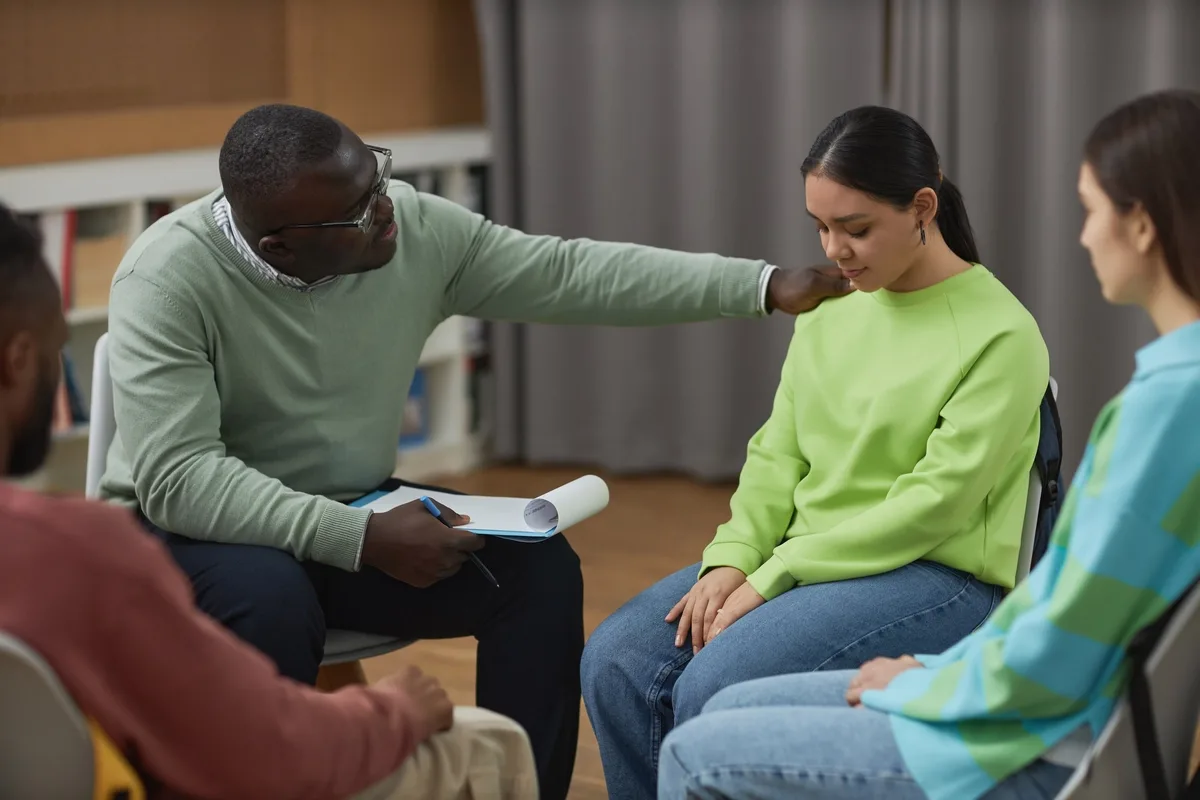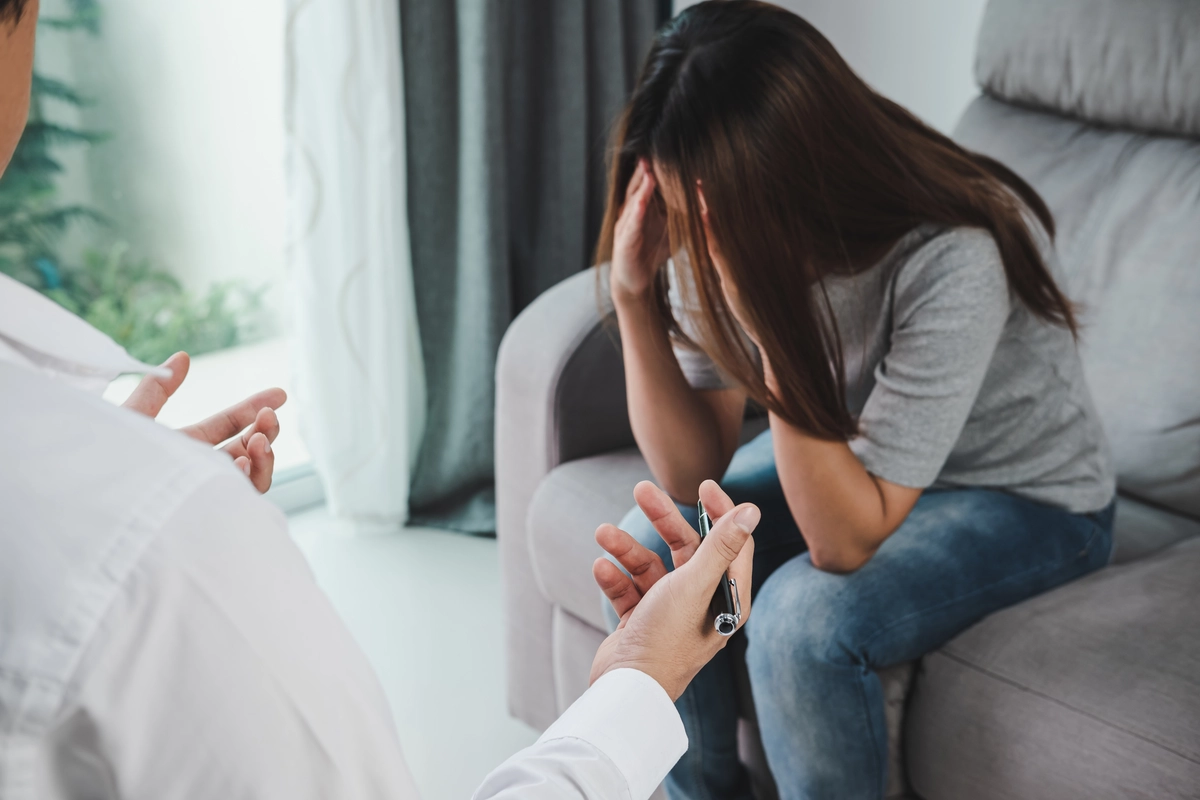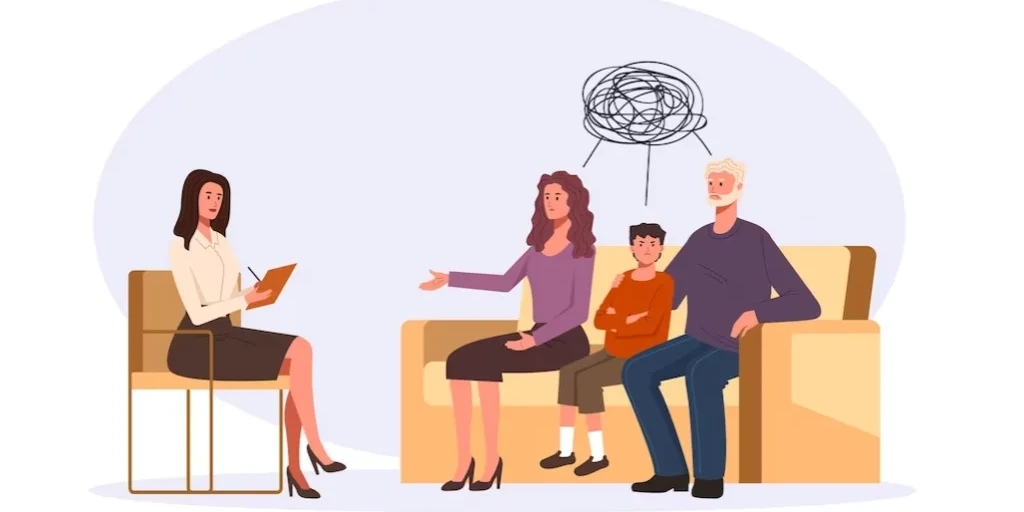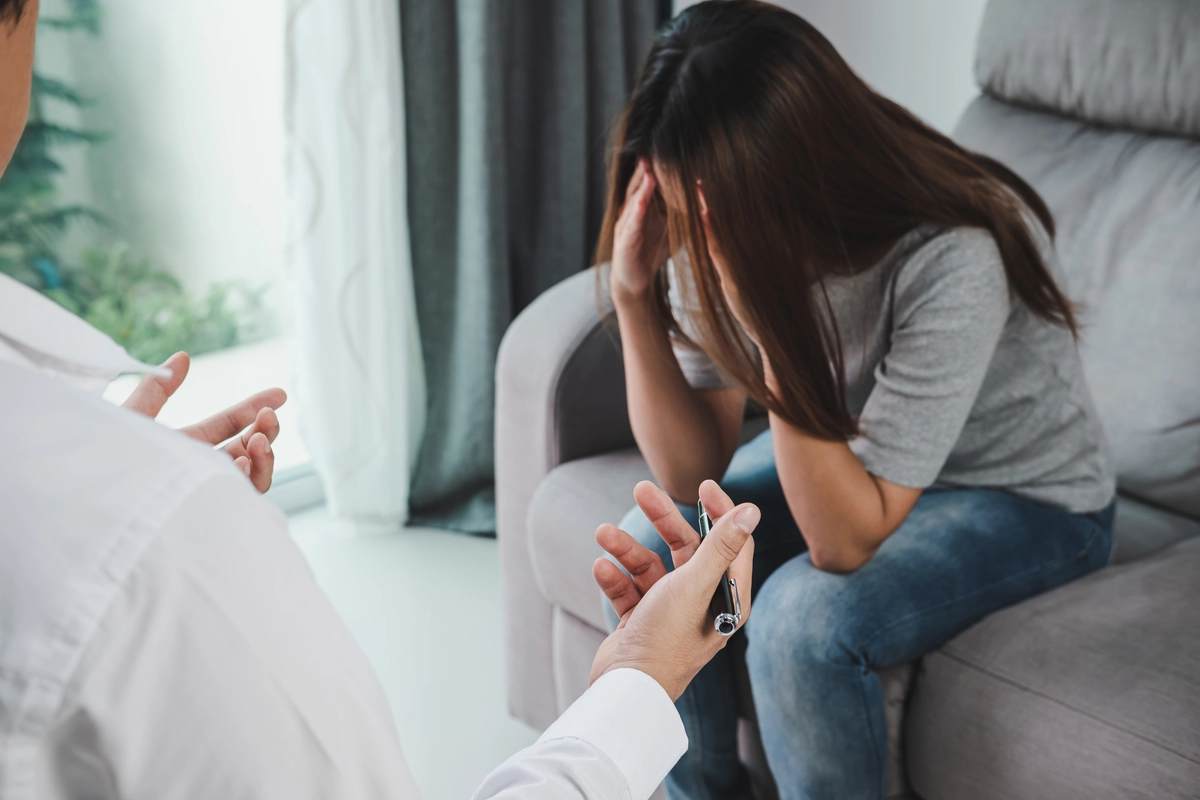24/7 Helpline:
(866) 899-111424/7 Helpline:
(866) 899-1114
Learn more about Codeine Rehab centers in Divide
Codeine Rehab in Other Cities

Other Insurance Options

Medical Mutual of Ohio
Beacon

Health Choice

Sliding scale payment assistance

Regence

Lucent

PHCS Network

CareSource

Premera

Carleon

WellPoint

State Farm

Horizon Healthcare Service

Amerigroup

GEHA

EmblemHealth

Kaiser Permanente

Ceridian

UnitedHealth Group

Sutter









Montana Chemical Dependency Center
Montana Chemical Dependency Center is a residential alcohol and drug treatment facility for men and ...

Western Montana Mental Health Center – Psychiatric Services – West Park Street
Western Montana Mental Health Center – Psychiatric Services – West Park Street is a private rehab lo...

Western Montana Mental Health Center – Hays Morris House
Western Montana Mental Health Center (WMMHC) is a leading behavioral health addiction treatment cent...

Western Montana Mental Health Center – Adult
Western Montana Mental Health Center – Adult is a private rehab located in Butte, Montana. Western M...






















AWARE
AWARE is a non-profit rehab located in Butte, Montana. AWARE specializes in the treatment of Mental ...

Acadia Montana Treatment Center
Acadia Montana Treatment Center is a private rehab located in Butte, MT. Acadia Montana Treatment Ce...

Butte Silver Bow Chemical
Butte Silver Bow Chemical is a private rehab located in Butte, Montana. Butte Silver Bow Chemical sp...







